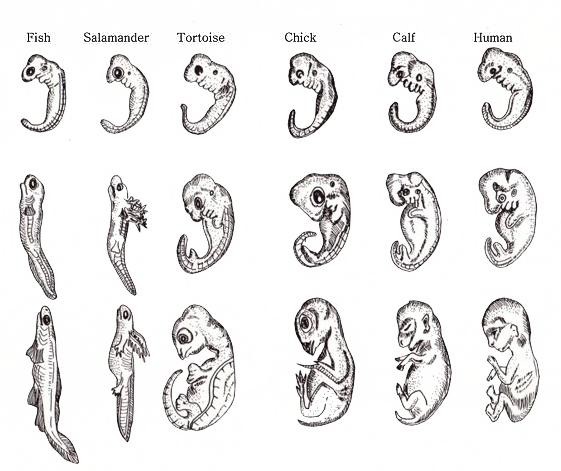Bonjour!
I come to you after a 10 hour tech rehearsal to bring you the answers to these really exciting questions about the article "From Atoms to Traits" (you might even get an original drawing by me! ha not so exciting). Alrighty, I've decided to put my extraneous comments in purple, just to distinguish them from my totally serious answers.
1. Explain the significance of Mendel.
Mendel was an Austrian monk who true-bred pea plants with very obvious differences. After several generations, one trait could be passed down undiluted, meaning that it would be the same in every parent and child. This disproved Darwin's theory that traits of parents blended together to form the traits of their offspring. Mendel's discoveries prompted future genetic work and helped clarify the basis of evolution.
(If I remember right, there were also a lot of Punnett Squares involved, but that may have just been my 7th grade biology class).
2. Draw the structure of DNA and who discovered this structure.
Watson and Crick discovered the structure of DNA, a double-helix with a backbone made of sugar and phosphate chains and held together by adenine, cytosine, thymine, and guanine.
(Can we establish that Rosalind Franklin also deserves much credit for this discovery because she did a lot of the research but then died of cancer and Watson and Crick stole it all and got the Nobel Prize. I feel so bad for her!
Also I really apologize for how bad this drawing is)
3. Explain each of the 5 examples of variations that occur to DNA and give an example of each.
-A
single base pair change, or point mutation, can determine whether or not whippet dogs are slender or stocky.
-An
insertion of new letters into the sequence can determine whether pea plants are wrinkled or smooth.
-A
duplication of genes is responsible for some of the enhanced digestive abilities of humans compared to chimpanzees.
-An
error when duplicating a base pair can determine whether pigs have spots or not.
-A
change in DNA that controls where and when genes are activated created the difference between the bushy teosinte and the modern cornstalk.
4. What is evo-devo?
Evo-devo is the study of the effects of changes in important developmental genes and how they affect evolution.
5. Make a connection between human migration and the mutation of lactose intolerance.
Normally, the lactase gene stops being effective in adulthood, when it is no longer needed. However, descendants of populations who relied on dairy producing animals have a mutated lactase gene that functions for the entirety of their lives. Europeans generally have this gene, while it is absent in many Asian and African populations. This is because dairy-farming was most important in Europe.
(So I'll probably never be lactose intolerant! Cool!)
Well, I know you enjoyed this enthralling look at evolution! Come back next time for some cool human-y stuff!

















